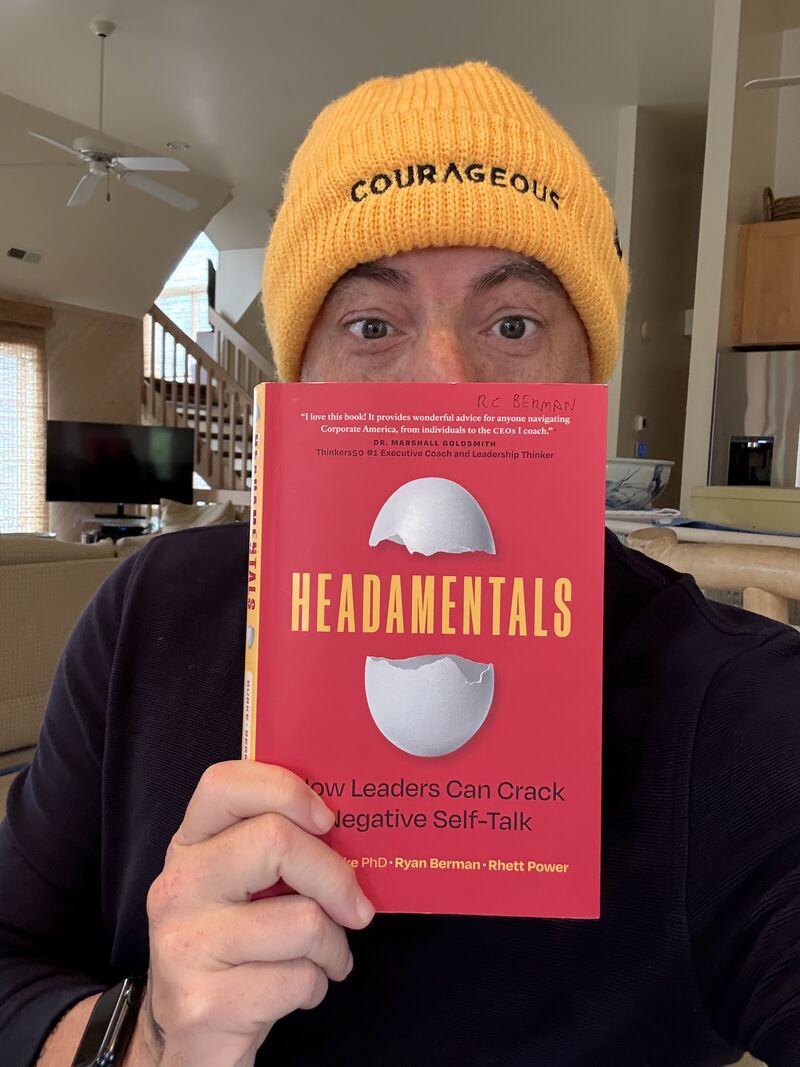Would Trump’s 50-year mortgage have extremely high rates?
President Donald Trump’s proposal to offer 50-year mortgages to homebuyers has been met with extensive skepticism from real estate insiders.
A key criticism of offering house hunters a longer-term borrowing option is that it would not save borrowers a significant amount of money in the short term and would drive up buyer’s financing costs in the long haul. Numerous housing gurus claim the interest rate on these half-century loans would be significantly higher than the traditional 30-year mortgage.
This logic is largely based on the fact that 30-year fixed-rate mortgages are more expensive than the already available but lesser-used twist, the 15-year home loan. Since 1991, the 30-year mortgage has averaged 5.83%, according to Freddie Mac, compared with 5.25% for the 15-year mortgage.
But is extrapolating that gap, which varies based on the state of the economy, to a 50-year loan appropriate for estimating the rate on these half-century mortgages?
The bond market, which sets many borrowing rates, is a complex entity. Bond investors must balance the long-term risks, notably inflation, against the opportunity to secure a financially attractive yield for an extended period.
Therefore, interest rates don’t always increase in proportion to the maturity of a debt, especially when it comes to extremely long-term borrowings. And yields of mortgage bonds – which set home loan rates – are even more complicated as investors must weigh the risk of borrowers refinancing the loans that back the mortgage bonds.
Other worlds
Consider how rates fluctuate with longer maturities in other segments of the bond market.
A 2021 study by the Federal Reserve Bank of San Francisco pondered whether the U.S. government should issue 50-year bonds instead of its current 30-year maximum. The study suggests that the interest rate on the longer-term debt would be only slightly higher than that on the 30-year obligation, by no more than 0.2 percentage points.
Taxpayers might grumble that no 50-year bonds were issued despite a market where long-term yields were well below 3%.
In the corporate debt world, contemplate the yield difference between 30-year bonds and their 50-year peers. It appears quite modest, with an average increase of only 0.12 percentage points, using an index from the U.S. Treasury that dates back to 1984. That is far smaller than the average 0.3 gap between the 30-year corporate yield and 15-year bonds.
Coke vs. Pepsi
Ponder this curious real-world example from the corporate bond market.
Coca-Cola Corp. has an outstanding 100-year bond, due in 68 years. Traders were offering these bonds for resale on Thursday, Nov. 13, at prices equal to a yield of 5.3%.
However, on rival PepsiCo’s 30-year bond, due in 24 years, traders are seeking pricing equivalent to a 5.4% yield.
In this case, involving companies with similar A-plus credit ratings, the higher rate is on the shorter-term debt.
Jonathan Lansner is the business columnist for the Southern California News Group. He can be reached at jlansner@scng.com
Categories
Recent Posts










GET MORE INFORMATION


